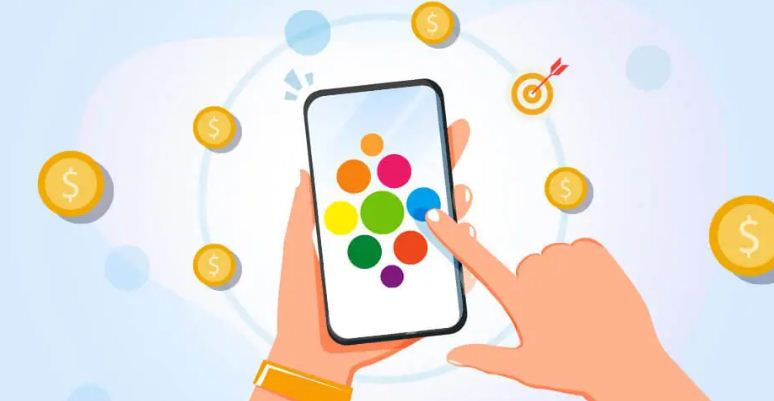
In the dynamic world of mobile applications, monetization strategies play a pivotal role in determining the success and sustainability of your app. With a multitude of options available, choosing the right approach requires a deep understanding of your content, target audience, and overarching goals. Whether you are developing a gaming app, a news app, or any other digital offering, tailoring your monetization strategy to align with your app’s unique characteristics is essential for achieving optimal outcomes. This blog enumerates about App monetization strategies to consider.
The process of identifying the most suitable monetization method often entails a blend of experimentation and meticulous research. It is crucial to collaborate closely with experienced app developers to integrate your monetization strategy seamlessly into the app’s design and functionalities. By addressing this aspect proactively, you can enhance user experience while maximizing revenue potential.
Eight Common Strategic Options
To shed light on the diverse landscape of app monetization, let’s delve into eight common strategic options that can help you optimize revenue generation:
1. Monetizing Your App with a Download Fee:
Charging users a one-time fee to download your app is a straightforward monetization strategy. This model is particularly suitable for apps offering exclusive content or premium features that justify the upfront cost.
2. App Subscription Model to Bring in Consistent Revenue:
Implementing a subscription-based model ensures a steady stream of revenue by charging users on a recurring basis. This approach works well for apps providing ongoing value or regular content updates.
3. Flexible App Monetization with ‘Freemium’:
The freemium model allows users to access a basic version of the app for free while offering premium features or content through in-app purchases. This approach can attract a wide user base and convert them into paying customers.
4. In-App Ads to Leverage Your User Base:
Integrating advertisements within your app can be a lucrative monetization strategy, especially if you have a large user base. By partnering with relevant advertisers, you can generate revenue based on ad impressions or clicks.
5. Affiliate Marketing for Your App:
Partnering with affiliate programs and promoting third-party products or services within your app can be a profitable revenue stream. By earning commissions on referred sales, you can monetize your app effectively.
6. Monetizing Through In-App Purchases:
Offering virtual goods, premium content, or additional features for purchase within the app can drive revenue. By enticing users with compelling in-app purchase options, you can boost engagement and monetization.
7. App Data Monetization:
Monetizing user data ethically and within regulatory frameworks can provide valuable insights to third parties, such as marketers or researchers. This strategy can generate revenue while ensuring user privacy and data security.
8. App Transaction Fees:
Implementing transaction fees for facilitating in-app transactions, such as e-commerce purchases or financial transactions can be a lucrative monetization approach. By charging a percentage of each transaction, you can monetize user interactions effectively.
Summary
In conclusion, selecting the right app monetization strategy is a critical decision that can impact the overall success of your app. By carefully evaluating the characteristics of your app, understanding your target audience, and exploring the various monetization options available, you can develop a comprehensive strategy that aligns with your objectives. Collaborating with skilled app developers and continuously refining your approach based on user feedback and market trends will empower you to optimize revenue generation while delivering value to your users. Embracing innovation and flexibility in your monetization strategy will position your app for sustained growth and profitability in the competitive app economy.
